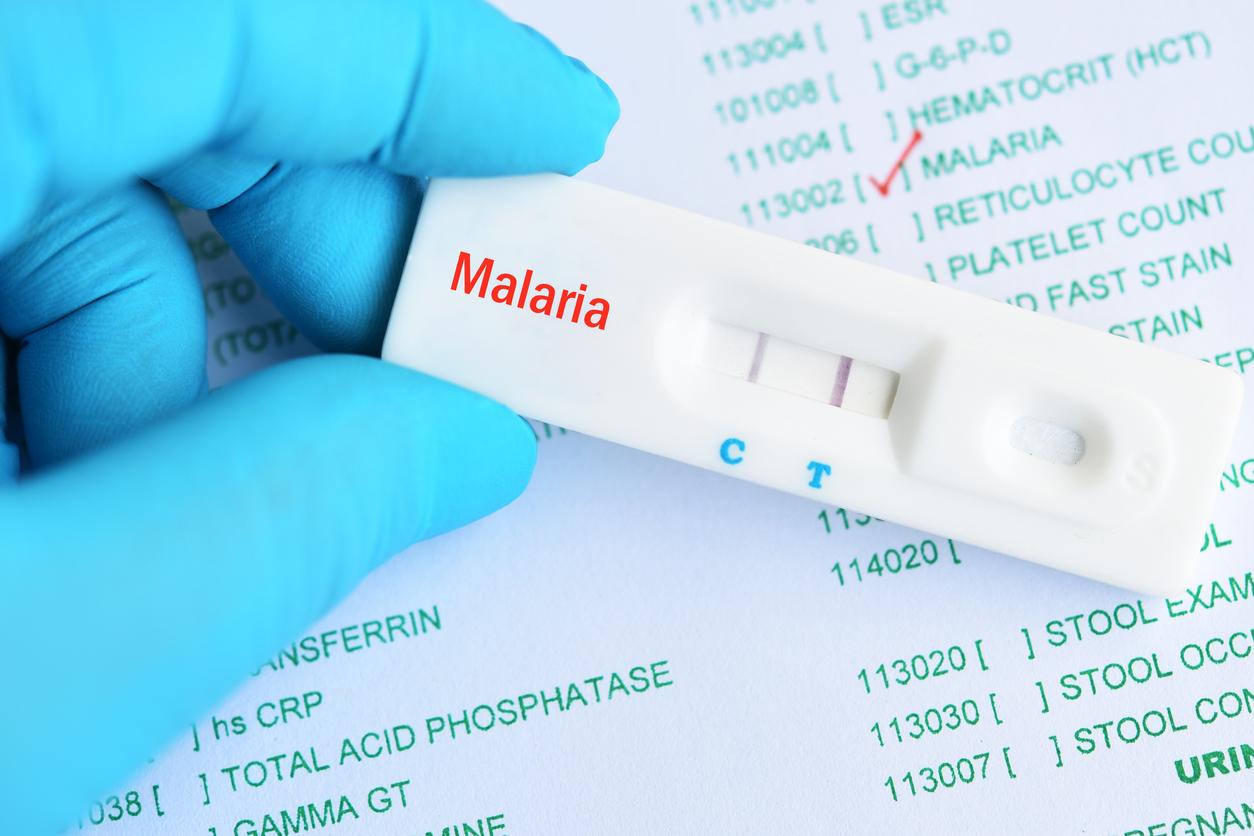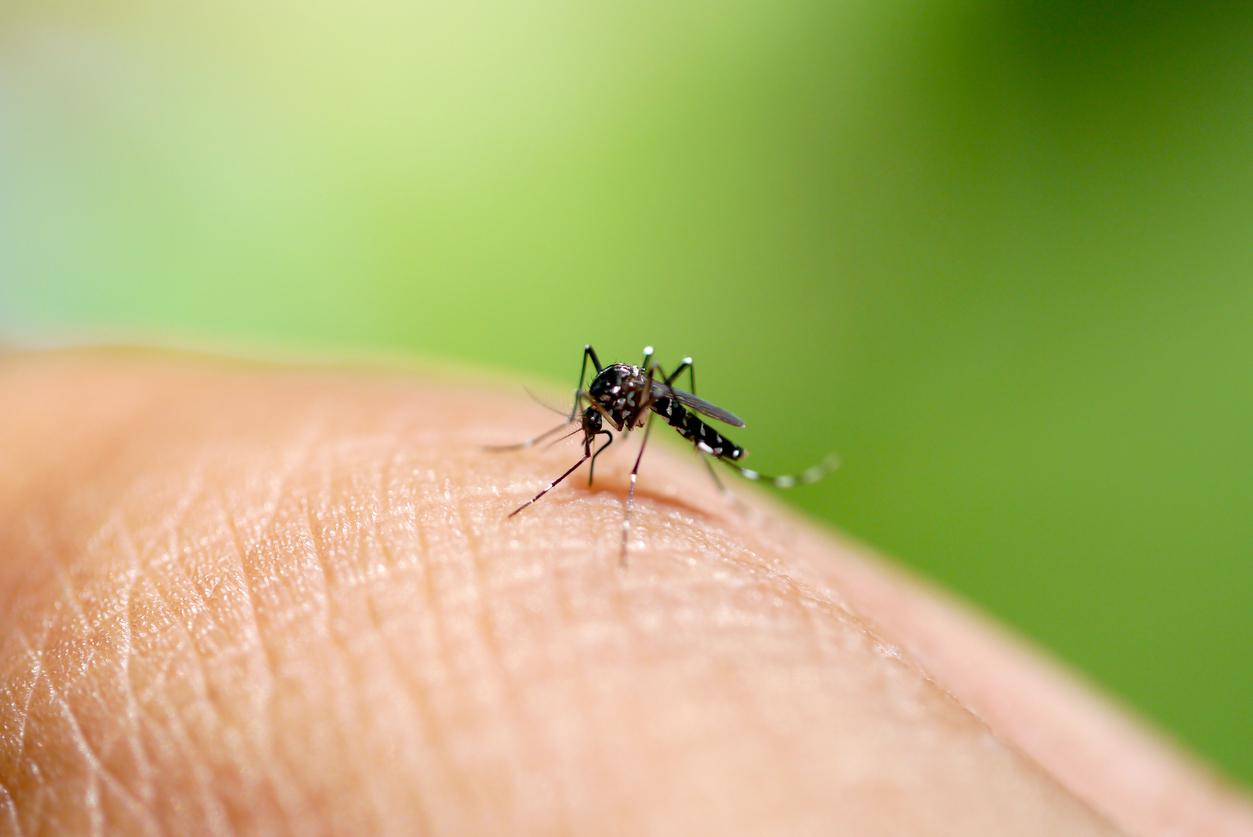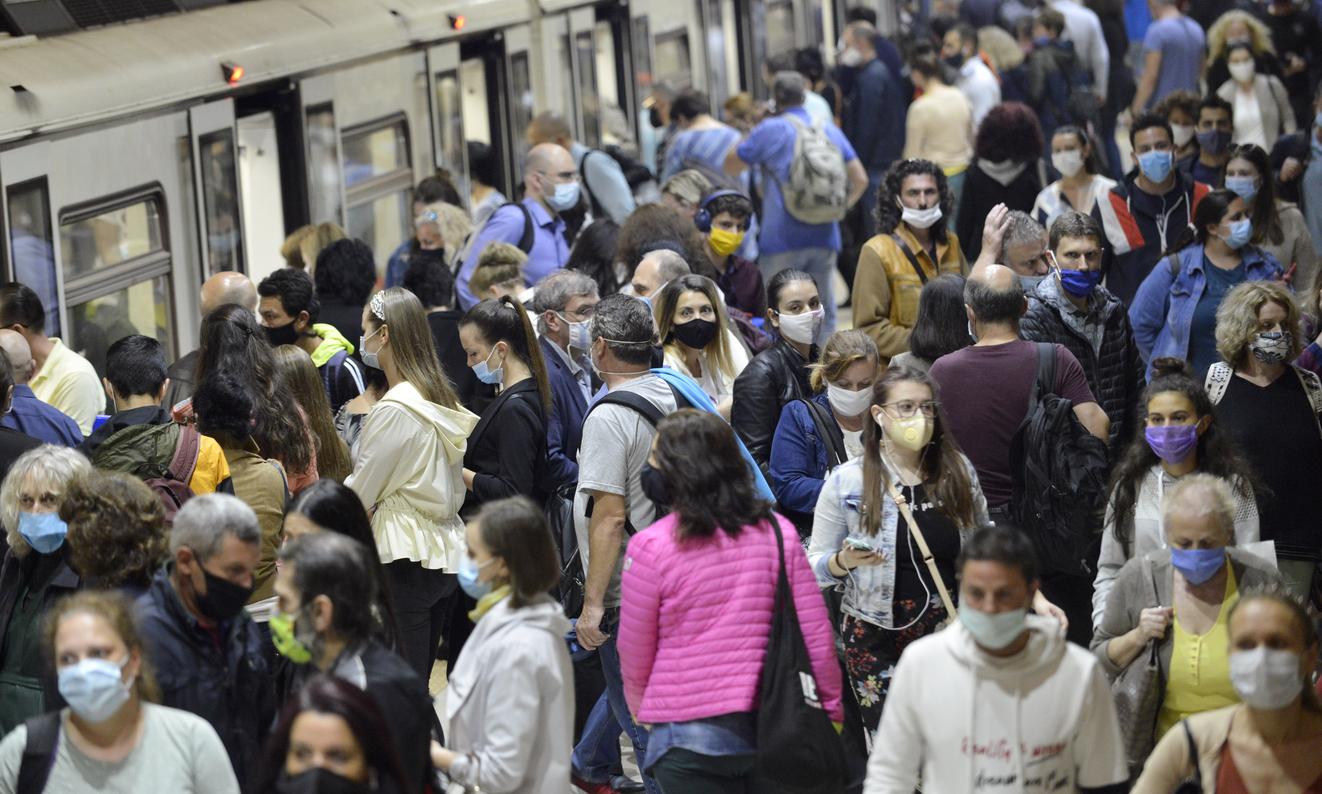The epidemic of unknown origin which has caused more than 140 deaths in the Democratic Republic of Congo since the end of October is a serious form of malaria, according to the country’s health authorities.

- An outbreak of unknown origin in the remote Kwango region of the DRC has caused more than 140 deaths since October. “This is a case of serious malaria in the form of a respiratory disease,” authorities announced.
- Worsened by malnutrition, the disease mainly affects children under five years old with symptoms similar to the flu (fever, cough, headache), which has complicated the identification of the pathogen.
- The challenges are significant for the country. The Panzi region, epicenter of the epidemic, is marked by a glaring lack of health infrastructure and access to drinking water. Not to mention precariousness, which accentuates the vulnerability of the population.
“The mystery is finally solved.” Authorities in the Democratic Republic of Congo (DRC) have announced that the mysterious illness plaguing the country since October 24 is a serious form of malaria. “This is a case of serious malaria in the form of a respiratory disease”declared the Ministry of Health in a press release, relayed by AFP.
Malaria against a background of malnutrition
Originally described as“unknown public health event”the disease affected 592 people and killed more than 140, many of them children under the age of five, in the remote Kwango region in the southwest of the country. The symptoms were flu-like, with fever, difficulty breathing and headache, complicating rapid identification of the pathogen. Last week, the DRC declared that it was in “state of maximum alert” to try to stem this mysterious disease.
“The most likely hypothesis is malaria on a background of malnutrition”declared Dr. Ngashi Ngongo, chief of staff of the Africa CDC, in November, while emphasizing that analyzes were still underway to exclude other hypotheses, such as a possible viral hemorrhagic disease. Congolese health authorities, assisted by the World Health Organization (WHO), sent a team to the site to confirm the diagnosis and help contain the epidemic. Samples taken from the patients then tested positive for malaria.
The DRC must now manage this health crisis, and the challenge is significant. The Panzi region, the epicenter of the epidemic, is indeed marked by a glaring lack of health infrastructure and access to drinking water. The population, already weakened by recurrent episodes of malnutrition (which affects 61% of inhabitants), is particularly vulnerable to this serious form of malaria. Not to mention that the disease, endemic in the DRC, is often exacerbated by the harsh living conditions during the rainy season.

Health crises worsened by precariousness
This deadly association between malaria and malnutrition is unfortunately not a first in the DRC, where health crises are frequent. The country had already been hit hard by an outbreak of typhoid fever two years ago and, more recently, by the mpox virus (formerly called monkeypox) which killed more than 1,000 people.
“The precariousness and isolation of certain areas make the response to these crises extremely complex”underlines Dr Ngongo. With almost non-existent medical infrastructure, international mobilization therefore appears essential to provide medicines and logistical support. In the meantime, vaccination campaigns against other pathologies continue in the country to prevent future epidemics.















